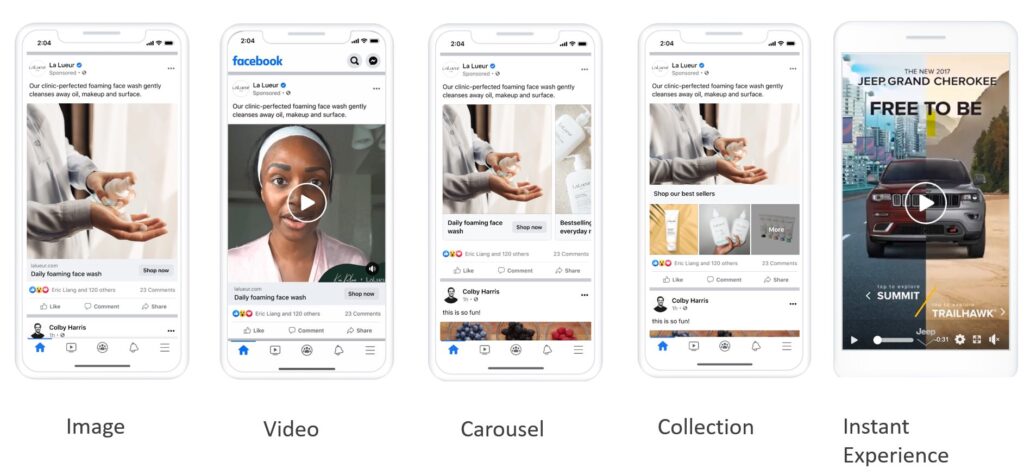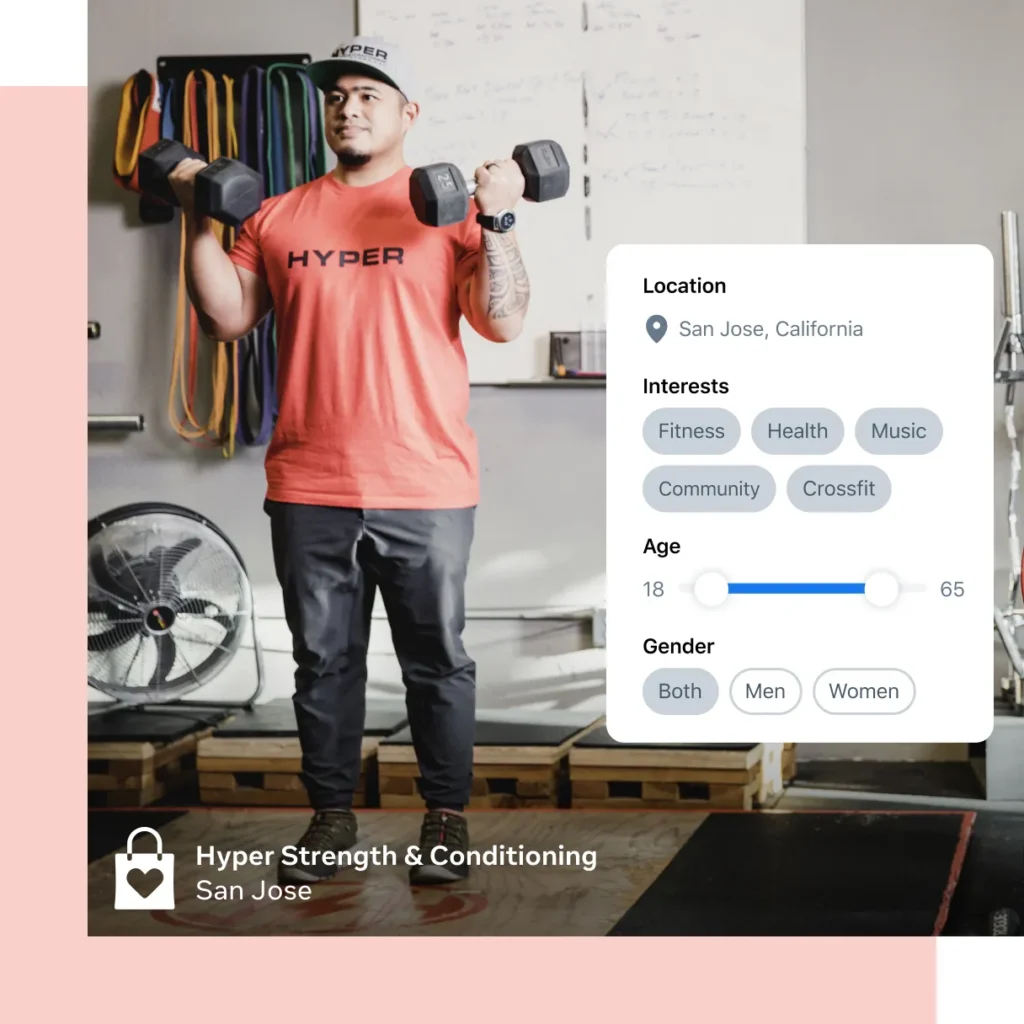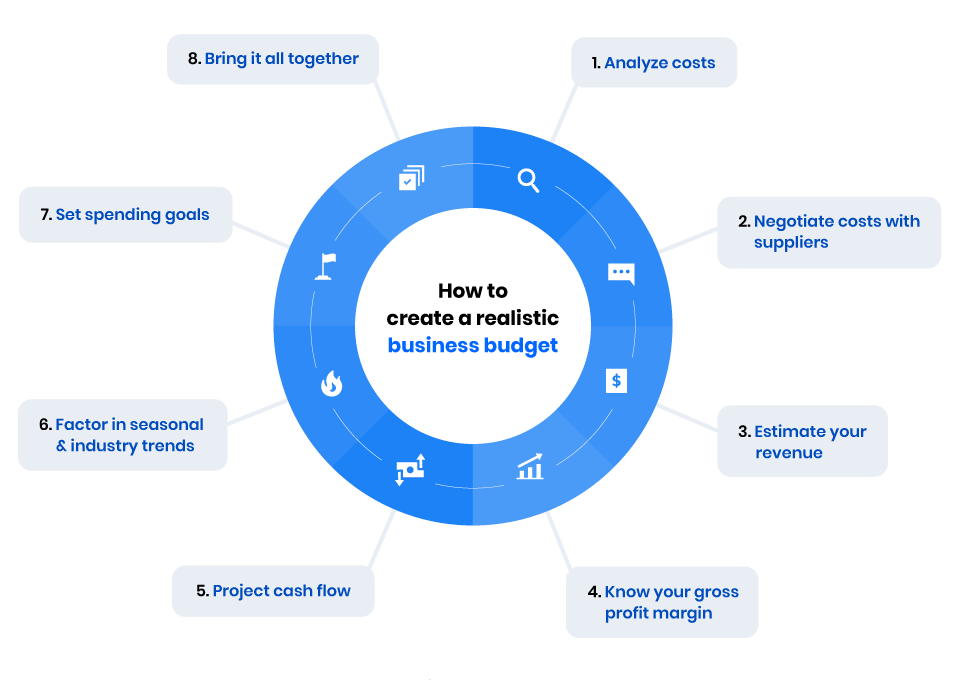Meta Advertising Agency | Meta Ads Services
Your Customers Are Here. Find Them with Meta Ads.


What are Meta ads?

Billions of people use Meta apps to connect with people and explore topics they care about. Your Meta ads can show up as your customers explore their Facebook feeds watch Instagram Reels or check their Messenger inbox.
Businesses like yours use Meta ads to increase online sales, drive in-store traffic and find new customers. Whether you’re new to online advertising or are an experienced marketer, Meta is here to give you the resources and support you need to succeed.
Get the results that matter to your business.

Find a budget that works for your business.
You can start, stop, and pause your ads at any time, giving you full control. We recommend a budget based on similar ads, ensuring you feel informed when deciding your spending.
Reach the people who want to hear from you.
Enhance your advertising with Meta’s creative best practices. Monitor your ad’s performance in real-time. Each time you run an ad, you can track how many people reacted, commented on, or shared it.


Create ads that shine on every Meta app.
Enhance your future advertising campaigns. Simplify ad creation with automated tools. Meta provides resources to help you start advertising your business on social media. Meta Advantage tools utilize advanced advertising technology to boost performance.
Track your ad’s performance in real time.
When you publish your ads, they will compete against other ads targeted at the same audience in a process called the auction.


Simplify ad creation with automated tools.
Meta offers tools to help you get started advertising your business on social media. Meta Advantage tools use advanced ad technology to improve the performance of your ads while saving you time and effort.
How Meta decides who sees your ads
When you publish your ads, they’ll compete against other ads targeted towards the same audience in a process called the ad auction. You can help your ads compete by implementing Meta’s ad auction best practices.
1. Analyze costs
Before you start drafting a budget, you must research the operating costs involved in your business. Knowing your costs inside and out gives you the baseline knowledge needed to craft an effective spending plan.
If you create a rough budget and later discover that you need more money for your business activities, this will jeopardize your goals. Your budget should be such that you can increase your revenue and profit enough as your business expands to handle your growing expenses.
Your budget should factor in fixed, variable, one-time, and unexpected costs. Some examples of fixed expenses are rent, mortgages, salaries, internet, accounting services, and insurance. Examples of variable costs include the cost of goods sold and commissions for labour.
There is not much harm in overestimating the costs involved since you will need enough cash to handle your future expenditures. If your business is new, then you must include start-up costs as well. Planning the budget this way will help you make informed decisions and tackle any unwanted financial surprises.
2. Negotiate costs with suppliers
This step will be useful for those businesses that have been functional for more than a year and are dependent on suppliers to sell products. Before you get started on your yearly budget, have a chat with your suppliers and try getting discounted rates for the materials, products, or services you need before you make your payments.
Negotiations allow you to create trustworthy relationships with your suppliers. This will be helpful when incoming cash is thin. For example, you might have a seasonal business. When you have enough cash saved, you can pay advance amounts to your suppliers as compensation for the times when you are unable to make payments. The main goal here is to find efficient ways to reduce the business costs.

3. Estimate your revenue
Many businesses have failed in the past by overestimating revenue and borrowing more cash to meet operational needs. This defeats the very purpose of creating a budget. To keep things realistic, it’s a good idea to analyze previously recorded revenue. Businesses must track revenue periodically on a monthly, quarterly and annual basis.
Your previous year’s revenue figures can act as a reference point for the upcoming year. It’s important to rely solely on this empirical data. This will help you set realistic goals for your team, leading to the eventual growth of your business.
4. Know your gross profit margin
The gross profit margin is the cash you are left with after your business has dealt with all the expenses at the end of the year. It gives insight into the financial health of your business. Here’s an example of why you need to understand this parameter while creating a budget.
Suppose your business made a revenue of 5,000,000 and yet there are debts to be paid. At the end of the year, your expenses are more than your revenue, which is not a good sign for a growing business. This tells you that you must identify the expenses that are not benefiting the business in any way and eliminate them. The best way to do this would be to list out the cost of goods sold for all materials and deduct them from the overall sales revenue. This information is needed to get a real picture of how your business is faring, allowing you to increase profit and reduce costs
5. Project cash flow
There are two components to cash flow: customer payments and vendor payments. You need to balance these two components to keep the cash flowing in your organization.
To do your best to ensure timely customer payments, it’s important to have flexible payment terms and the ability to receive payments through common payment channels. Unfortunately, you will need to deal with customers who might not comply with the stated terms. This might affect your cash flow forecast due to missing payments.
You can encourage payment by giving customers a grace period and creating strict business policies for paying late. Beyond this, you must have some money allocated in your budget for ‘bad debt,’ in case the customer never pays.
When you know your incoming cash flow, you can fix an amount for your employee salaries and travel expenses. You can also allocate some money to pay off your fixed vendor expenses. If you are still left with cash, you can then spend on business initiatives such as professional development or new equipment.
6. Factor in seasonal and industry trends
It’s unrealistic to expect that you will achieve every business goal and reach your estimates every month. In an annual cycle, there will be months when your business will be booming, and there may be a few months when sales are slow. Due to seasonal inconsistency and industry trends, you will have to spend cash effectively so that the business isn’t at risk of shutting down during slower periods.
To overcome this challenge while creating a budget, gather insights as to when your business performs better. The aim should be to generate enough revenue during peak months to sustain the business during off-seasons.
For example, let’s assume that you are a business owner of a winter clothing company. Your products are on-demand only during that season, so most of your revenue comes during that period. For the rest of the year, you can use the earnings to keep the business going and market to specific target groups, like hikers or travellers. This will help you gauge how successful your products are during the off-season, what revenue to expect, and how much to save during your peak periods.
7. Set spending goals
Making a budget is more than just adding your costs and subtracting them from your earnings. How wisely you spend your money determines how well your business will fare. Goals provide a system to check if your money is being spent in the right areas to avoid unwanted expenses.
For example, if you are spending money on stationery that is going unused for operational or marketing efforts, it may be time to cut those costs. This money can be better applied to your marketing campaigns, bringing in more leads and revenue. Gauge and invest in those expenses that would benefit your business in the long run.
8. Bring it all together
Once you have gathered all the information from the previous steps, it’s time to create your budget. After you have subtracted your fixed and variable expenses from your income, you will get an idea of the amount that you can work with. Be prepared to tackle the unexpected one-time expenses that come your way. You can then find ways to use the money effectively to achieve your short-term and long-term goals.

Role of accounting software in budgeting
Budgeting for a business is a large task, which is why you might need assistance. Creating a budget will involve analyzing costs, estimating revenue, and projecting cash flow. Having an accounting system in place will give you real-time information about your finances, helping you to create a feasible budget.
The key to creating a good budget is to evaluate the previous years’ data and draw realistic projections. An accounting system can give you access to all this information in one place, no matter when you need it.
The effectiveness of a budget also depends on how well any projected goals have been achieved by your business. To check this, an accounting system generates financial reports that record your actuals, and those can then be compared with the budget. Comparing your budget with your actuals is an important step to gauge the effectiveness of a budget.
Conclusion
Budgeting is an essential process, especially for small businesses, as it allows business owners to estimate and allocate money for different business activities. Preparing a budget also gives you a clear idea of the money that can be used to achieve business goals and ensure that there is enough in hand to handle a crisis. For small businesses, it might get a bit difficult to make estimations for the whole year as the initial stages of growing an organization are often volatile. In such cases, you can create smaller budget estimates for a duration of two or three months and keep reviewing it for better results. When an 𝐚𝐜𝐜𝐨𝐮𝐧𝐭𝐢𝐧𝐠 𝐬𝐲𝐬𝐭𝐞𝐦 is introduced, the process becomes even more manageable. You can easily handle tasks like projecting cash flow or estimating costs, and you can set realistic goals for your business.
Here’s our exhausting list of services.
Messaging (headlines, sub-headlines, sub-sub-headlines…)
Naming (products, companies, puppies—we’re not picky)
Writing (from 100+ page reports to single stupendous sentences)
Branding (brand-new logos—so punny—and supporting bits)
Graphic design (anything and everything. Really—just ask)
Website design (UI, UX, responsive, e-commerce, and magic)
Market Research (data mining, language defining)
Video (see above. if you twist our arm, we’ll also do animation)
Drupal (super easy-to-edit websites with all the coolest technology)
WordPress (not as awesome as Drupal, but we can suffer in silence)
Shopify (only the best e-commerce web platform EVER)
Custom maps (map your projects, research, properties, and more)
Training (website wizard training—recorded, in case you lose your wand)
Photos (we’ll shoot anything. with our camera. Fake blood is ok.)
Why Glory?
- Who else builds haikus and businesses?
- Who else thinks with their left AND right brain at the same time?
- Who else simultaneously answers phones and writes articles?
- Who else jumps at the chance to help others share their story?
- Who else farms and programs in the Idaho mountains?
We don’t like to brag,
but we don’t mind when they do.
Excellent quality and service! Ckm Jes and his team created a new corporate identity and new website for us. Glory Group also created the images and copy. The reaction by current and future clients is very positive and has contributed to double-digit growth this year. I highly recommend this marketing firm!
